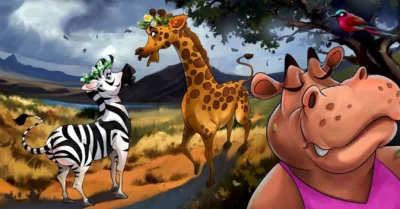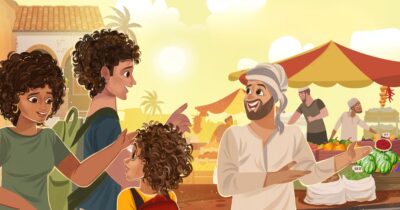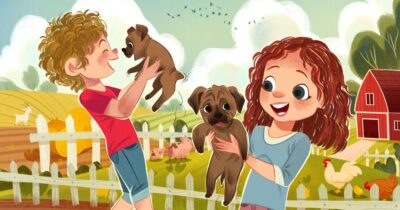What used to be the best book in your childhood? People will come up with different answers, though you will notice one common factor in all those answers. The factor is illustration, which makes the books attractive to eyes of toddlers and kids. Even adults love to read books with colorful and meaningful illustrations. That is the reason why graphic novels and comic books are still popular among adults.
Children’s book illustration has a fascinating history of evolution. With the advent of time, new illustration styles for children’s books have emerged. At the same time, you will notice a change in illustration mediums. This article is dedicated to discussing various mediums for children’s book illustrations.
Mediums for Illustrating Children’s Books
Traditionally, illustration artists use various mediums to draw elements and characters on children’s books. Choosing a medium depends on various factors. For example, it depends on the illustrator’s competence to work on a particular medium. On the other hand, the cost is also a significant factor in choosing a particular medium.
Irrespective of the choice of mediums, it is crucial to draw meaningful and thought-provoking illustrations for the children’s storybooks. The images in such books play a huge role in drawing attention of the little readers. Choice of medium has an influence on the overall quality of the illustrations for the children’s storybooks.
Different Mediums for Children’s Books
You will find illustrators use different mediums for drawing characters and images for children’s books. The following section discusses the most popular mediums for crafting the illustrations for children’s books.
1. Acrylic
Acrylic is an excellent medium to draw vibrant and playful illustrations. Typically, acrylic paint comes with powdered pigments, which have been mixed with the polymer resins. Besides availability of various colors, acrylic paint dries quickly on the papers or canvases. Another good thing is that acrylic paint can be used to achieve both water color and oil paint looks.
2. Water Color
The most popular canvas painting option is the water color. This paint brings a soft and dreamy effect, which is suitable for painting illustrations for children’s storybooks. As the name suggest, the water color pigments can dissolve in water and create colors. Notably, water color is transparent, which is not suitable if you want to draw vibrant comic characters.
3. Colored Pencils
Many famous illustrators use colored pencils to draw illustrations for books and cover pages. Using pencils is suitable when you seek a more detailed illustration. Typically, pencil drawing is useful in portraying various unique characters in a storybook. Sometimes, pencil artists pair colored pencil illustrations with water colors. A combination of pencil and water color brings a surreal and dreamy final output.
4. Charcoal
Charcoal is another excellent medium to draw illustrations for books for both kids and adults. Charcoal illustrations typically come in monotone. However, the illustrations can efficiently portray characters and storylines with precision. The technology of drawing illustrations using charcoal is a gift from our ancestors. According to historians, people use to draw using charcoal even 28000 years ago.
5. Digital Medium
The most advanced medium for drawing illustrations for storybooks is the digital medium. Nowadays, many tools or software have emerged to facilitate digital drawing. Illustrators use advanced tools to draw colorful illustrations, which can depict stories and characters in a captivating way to the readers. In this digital era, it is not surprising that digital medium is the most viable medium for drawing illustrations nowadays.
Conclusion
So, these are some basic things to know about illustrations mediums that artists use for drawing. Books for children without illustrations are incomplete. No kid loves to open the books that come with no or minimal images. Besides bringing a visual appeal, images are crucial to ignite imaginative skill among the small kids or toddlers.




